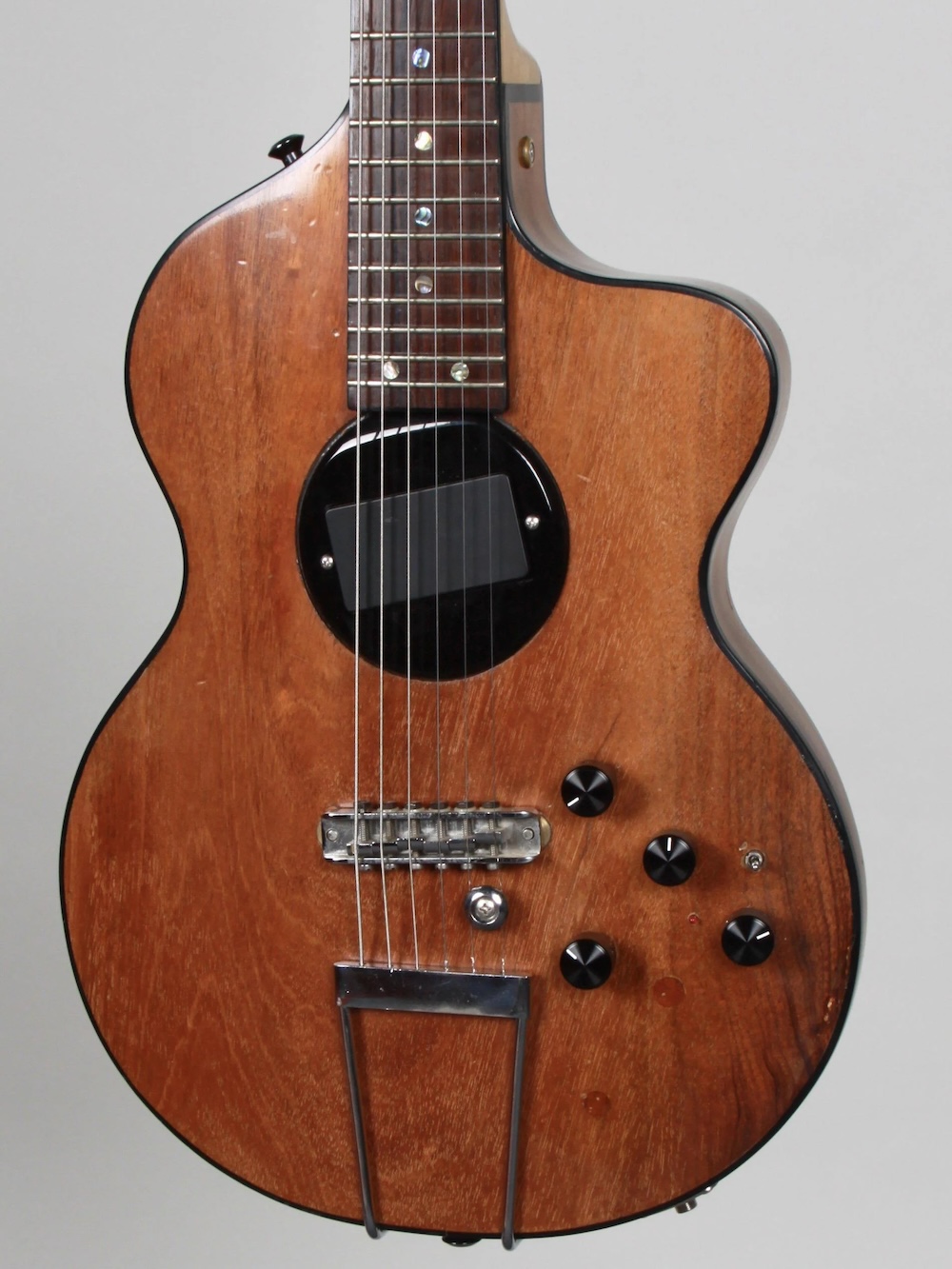
In a city where memory comes in vials and currencies share a ledger with childhood, Noa spends what she does not have to buy back a single moment of her father. Masters and copies, authentic and refined, shape a marketplace that eats the past and sells it as futures. To reclaim a memory, Noa bargains away parts of herself, only to find that the bright proof of what was no longer fits the person she becomes.

In a winter port where diesel exhaust hangs like a second sky, a crane lowers a corrugated box onto the dock and a crowd gathers at a polite distance. The box is not a reactor, not yet—just a full-scale mock-up, a placeholder for a class of machines that their makers say will finally make nuclear power something you can move, fence, and finance like industrial equipment. Microreactors, along with their slightly bigger cousins in the small modular reactor family, are inching from drawing boards into test pads and campus plans. Their promise is as prosaic as it is radical: reliable heat and power, anywhere people consent to host it. But consent is the operative word, and the next few years will hinge less on raw engineering than on the choreography between ambition, anxiety, and the rules that referee both.

AI’s recent leaps didn’t spring from software alone; they were coaxed from silicon that stopped pretending to be a general-purpose computer. Graphics processors learned a new grammar for linear algebra. Data centers stitched accelerators together like organ systems. And now neuromorphic hardware—machines that compute with spikes and timing instead of clocks and frames—edges from research into prototypes that see, react, and conserve power with an animal’s thrift. The result is not just faster models, but a change in where intelligence lives: less in cloud fortresses and more in the hands, wheels, wings, and sensors that encounter the physical world first.

Among the most illuminating stories in guitar history is the collaboration between luthier Rick Turner and Fleetwood Mac’s Lindsey Buckingham, a partnership that yielded the Turner Model 1. Conceived in the mid-1970s, when amplification was getting louder and arrangements more intricate, the instrument answered a rare brief: deliver acoustic-like articulation and electric authority in one guitar. Turner brought experience from co-founding Alembic and a deep curiosity about electronics and ergonomics; Buckingham brought a demanding fingerstyle technique and studio-level expectations for clarity. The result was a bespoke instrument whose materials and design choices were not just unusual, but purposeful, and whose influence has persisted long beyond its first appearance on stage and in the studio.

































































